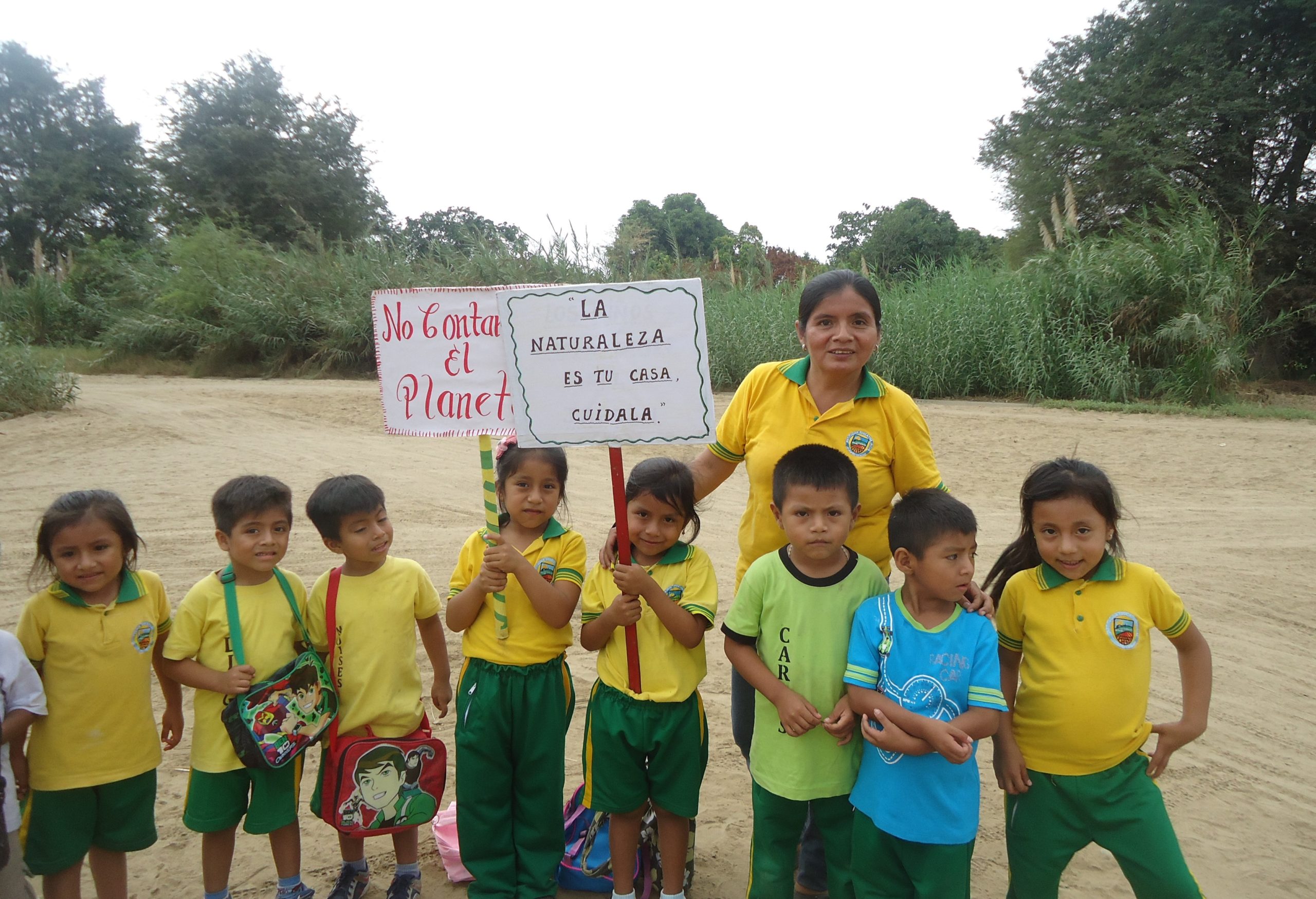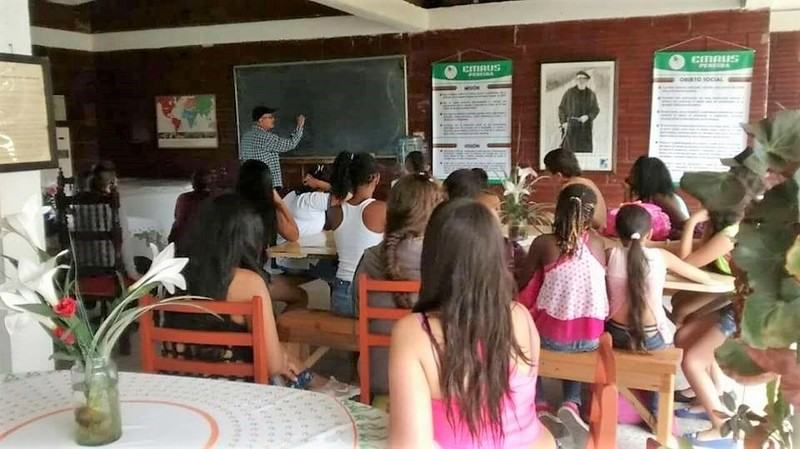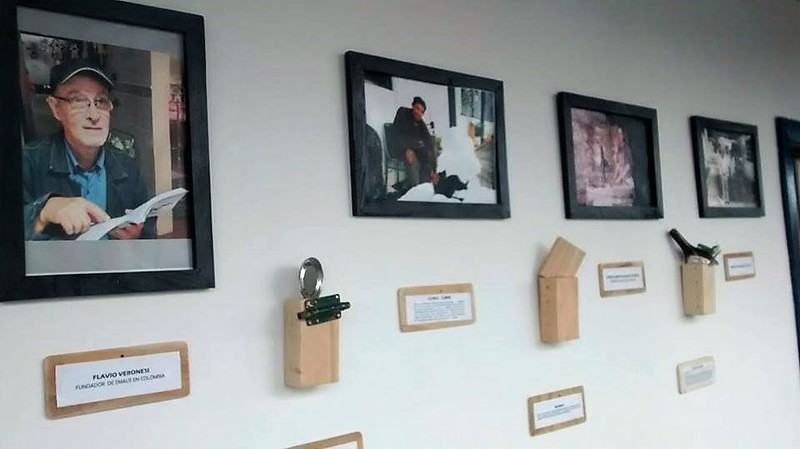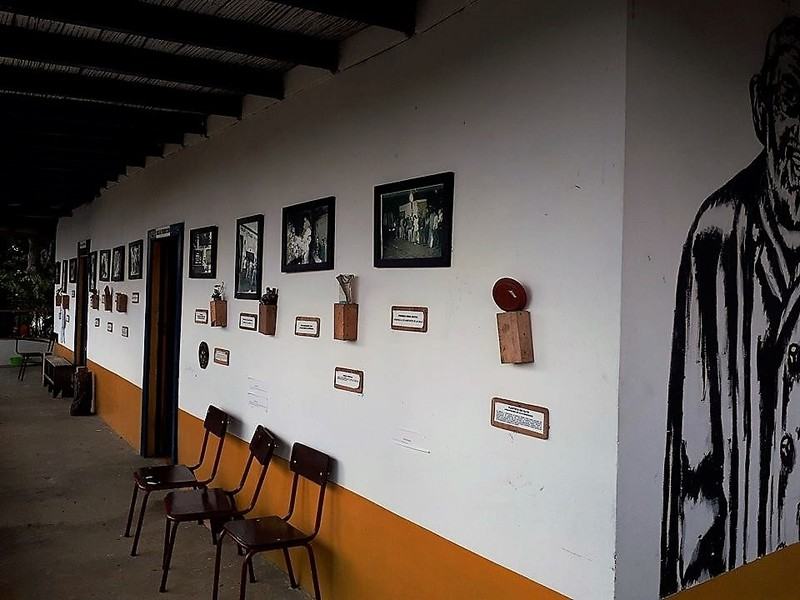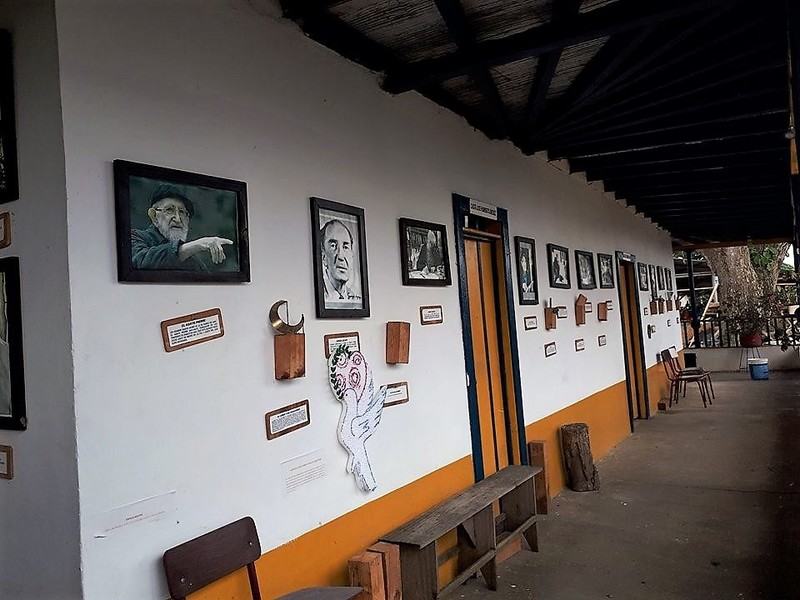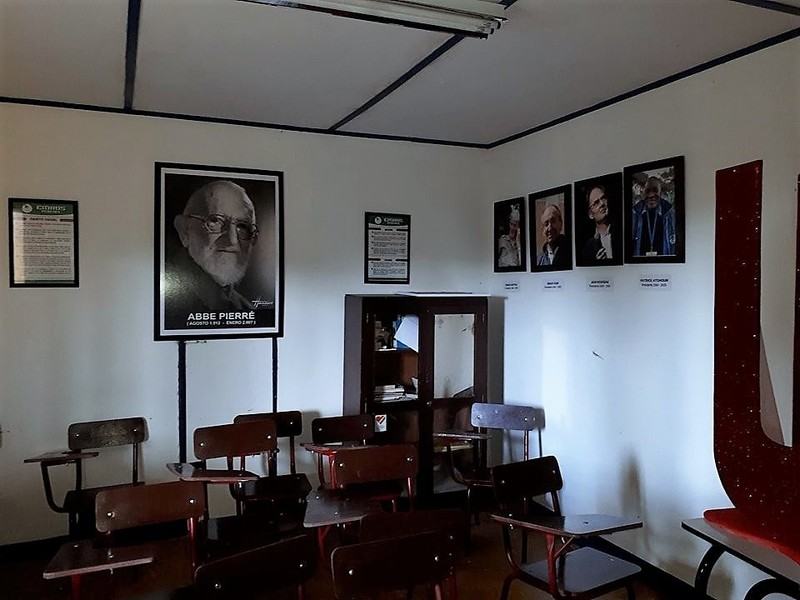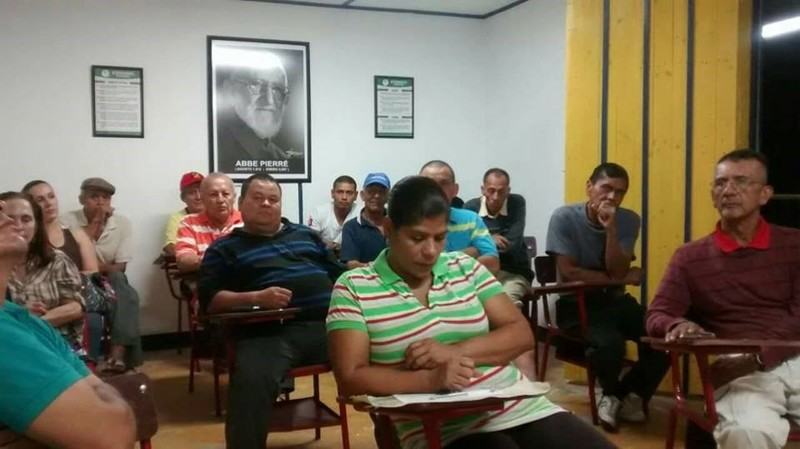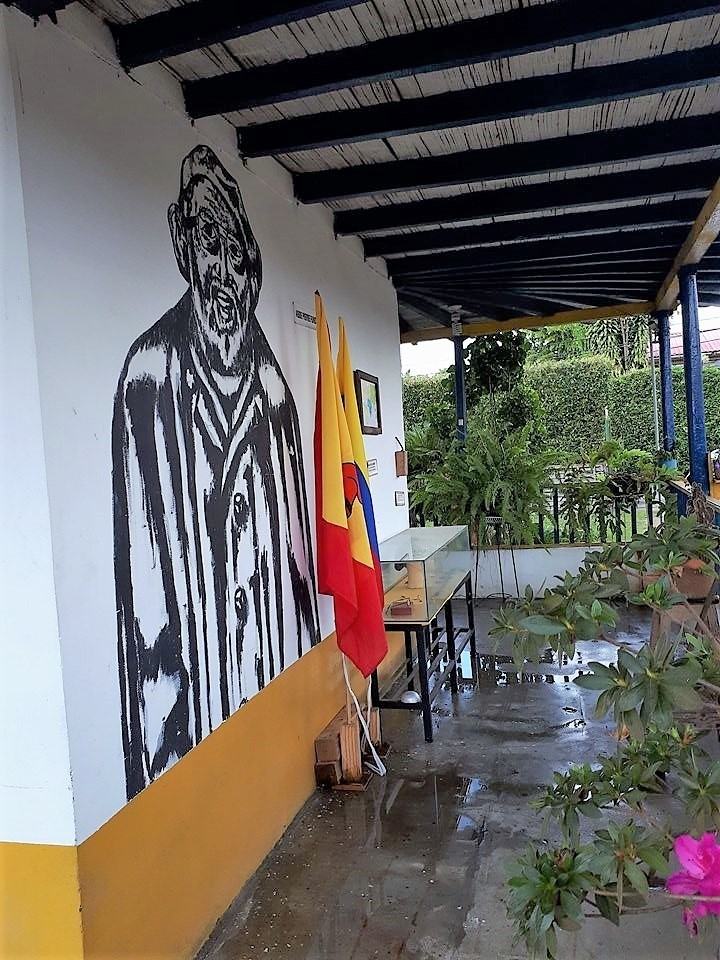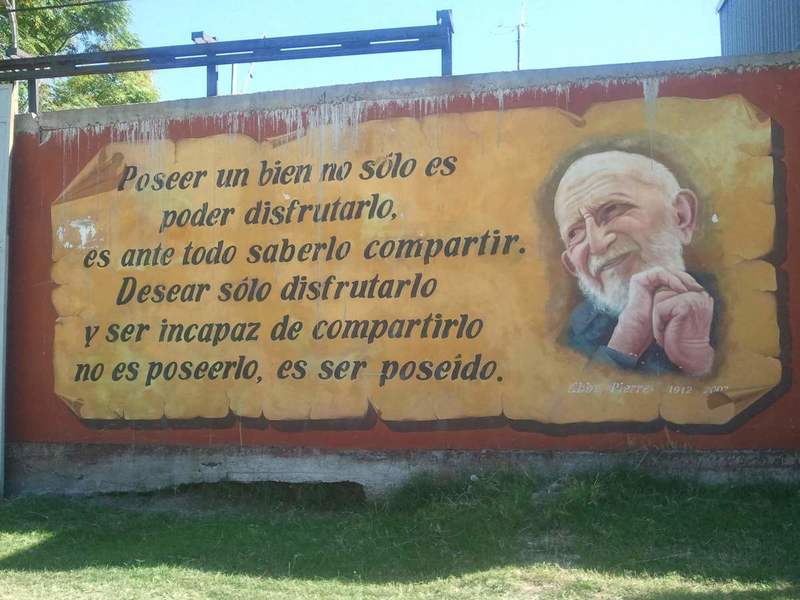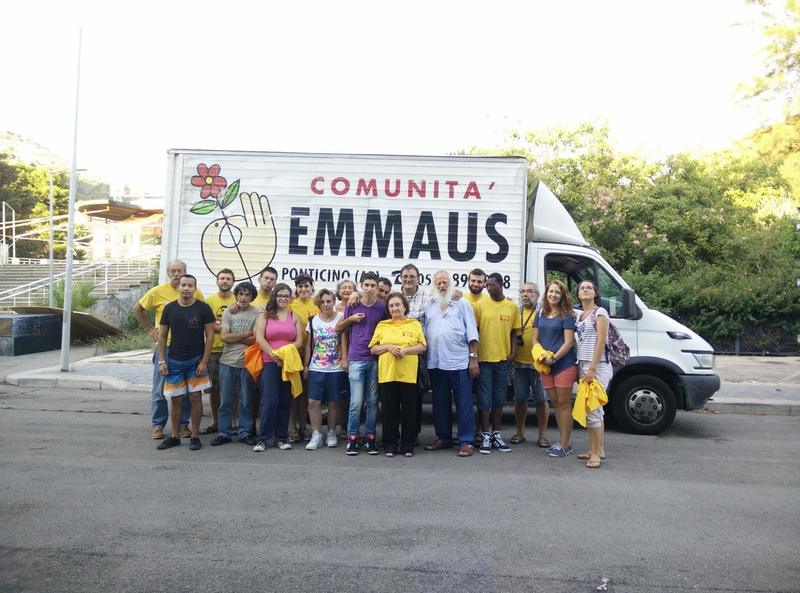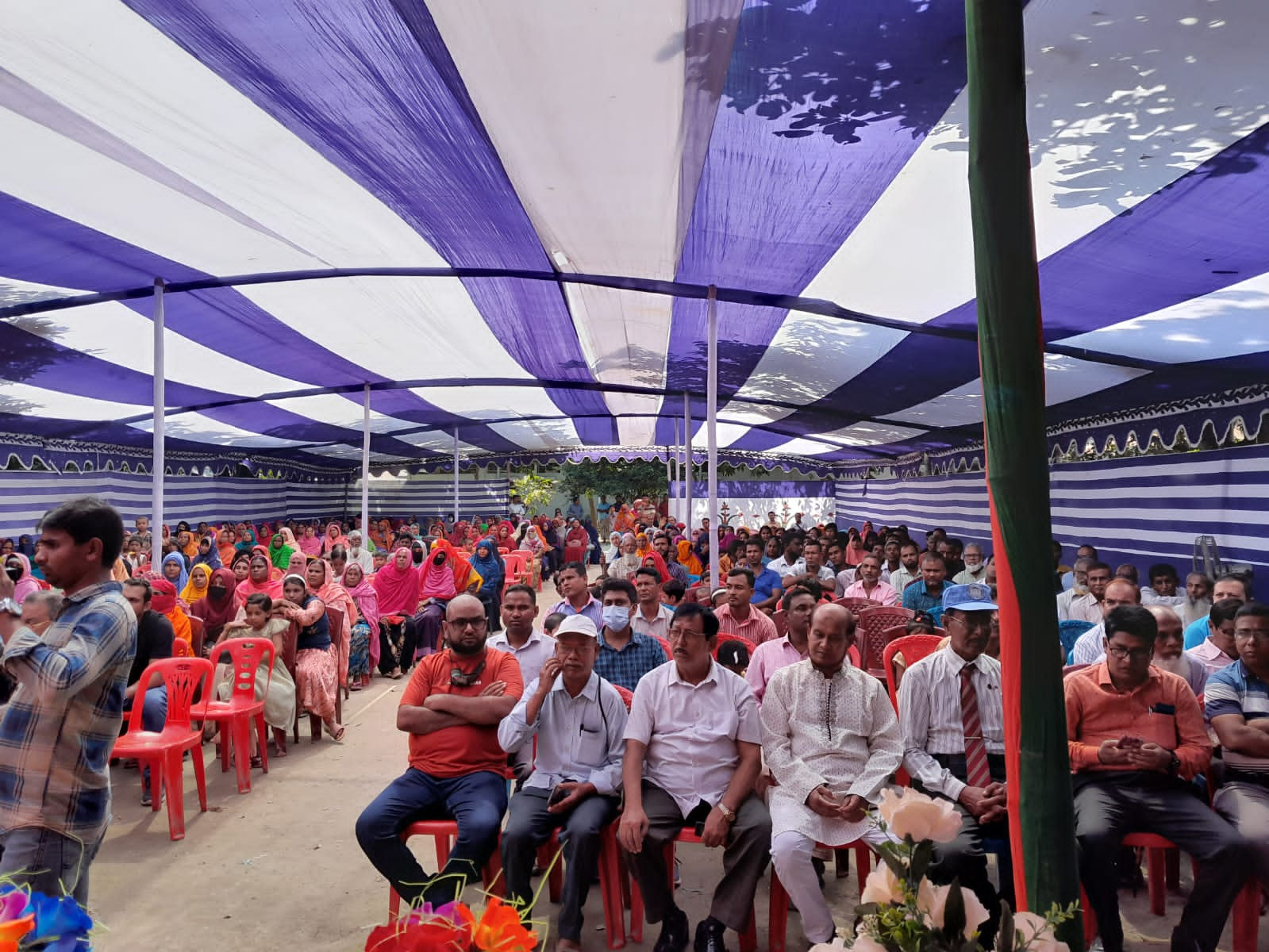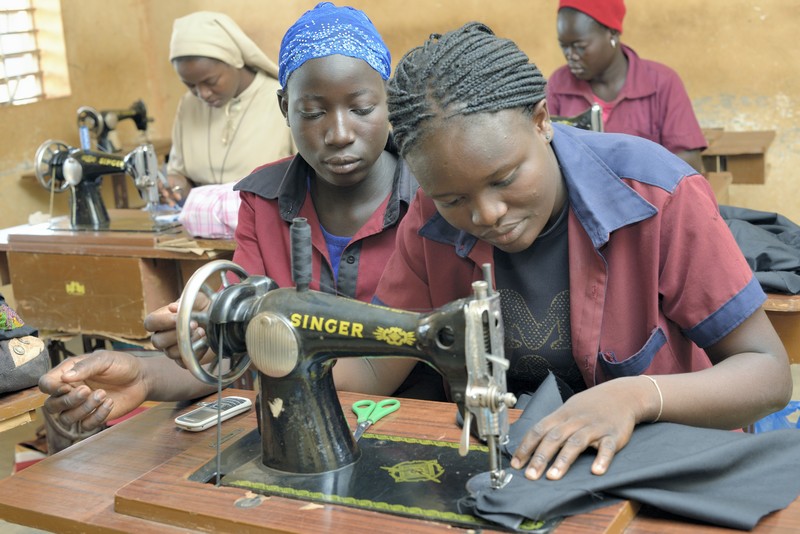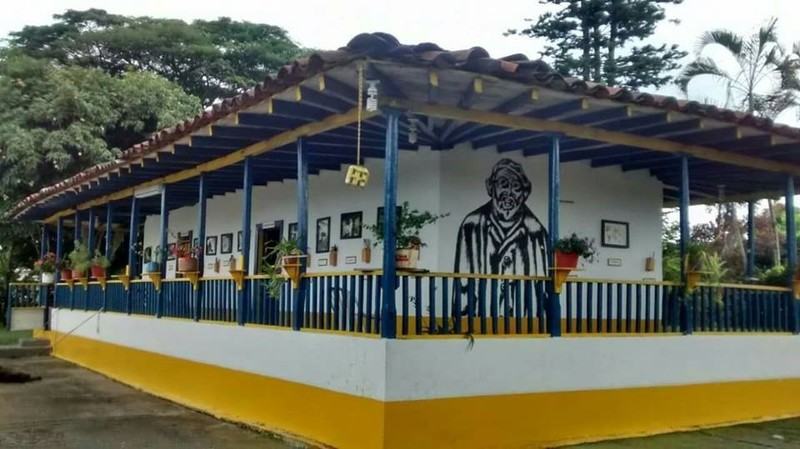
Risaralda – Colombia
Emmaus Museum
THE CONTEXT OF YOUR INITIATIVE
Given that within the Emmaus America region there is no museum compiling the movement’s history, we have made use of a 110-year-old structure within the community that is part of the coffee-growing axis, designated by UNESCO to be cultural and architectural heritage of humanity, in which we have created this museum.
Promoting Abbé Pierre’s life, philosophy and works are incredibly important to us because we know that he is ranked on a global level along with Nelson Mandela of Africa, Martin Luther King of the USA, Saint Teresa of Calcutta, Gandhi of India and many more of the most famous figures in history who have fought things that create poverty, exclusion, inequality and other evils on our planet.
Here you can se the history of Emmaus from its creation in Europe to its beginnings in America and then in Colombia.
Here you can see images and the history of its beginnings, important figures in its development such as Lucie Coutaz, Georges Legay, and the presidents of Emmaus International to date.
We also have other permanent exhibitions such as those of items that we recycle and social problems that trouble our city, which make visits educational, helping to teach visitors about the importance of recycling and caring for our planet, and also about recycling rain water which is part of one of the museum’s exhibitions.
THE ACTIVITIES CARRIED OUT AS PART OF YOUR INITIATIVE
The museum was opened on 5 August 2015 to coincide with Abbé Pierre’s birthday, with the president of Emmaus America in attendance, in a gala ceremony that was also attended by other distinguished figures in the city.
It has been visited by school pupils, official employees, staff from national and multinational companies, members of other Emmaus America groups, as well as by members of Emmaus International and the current international president of Emmaus. To date, there have been 2,620 registered visitors.
Initially, to promote it, we sent out invitation cards, and needed to send several to each school or company. Currently we have visits planned up to March 2018. We currently have more supply than demand, which is why we can only host two weekly visits.
We are constantly creating other exhibits on the theme of the environment, and we are preparing one about Emmaus International’s three struggles that we want to become permanent.
Initially we only had a small number of objects that had been saved after being collected over time at meetings and assemblies, such as badges, coins, photographs and books, and then we asked the groups and Emmaus International for approval to use the photography archive.
WHO IS INVOLVED FROM OUR GROUP?
The museum is managed by a companion, Gustavo Cano Arango, who is in charge of education, management and social work in the community. He had a group of people who work as guides for group visits, as well as a specialist team, a librarian, a restorer, a photographer and an expert in systems.
WHICH PARTNERS ARE YOU WORKING WITH ON THIS INITIATIVE?
Photos
FUTURE PROSPECTS
The museum is part of the city’s cultural offering, which is why its importance grows daily. It is a great thing for the movement, therefore, that the life, philosophy and works of Abbé Pierre are being spread among the people every day.
WOULD YOU LIKE TO ADD ANY INFORMATION ABOUT YOUR INITIATIVE?
WHAT ARE YOUR PROSPECTS?
We have seen that there is a need to create an open-air route (“HEALTH AND LIFE ROUTE”). This will start with a display of medicinal herbs that have been used by humans over time, then go via fruit trees and also the building of structures over time, ending with a scale model of the concrete jungle that our current cities have become. This is to add to the permanent exhibits, and through this we hope to increase the flow of visitors.
Latest news
